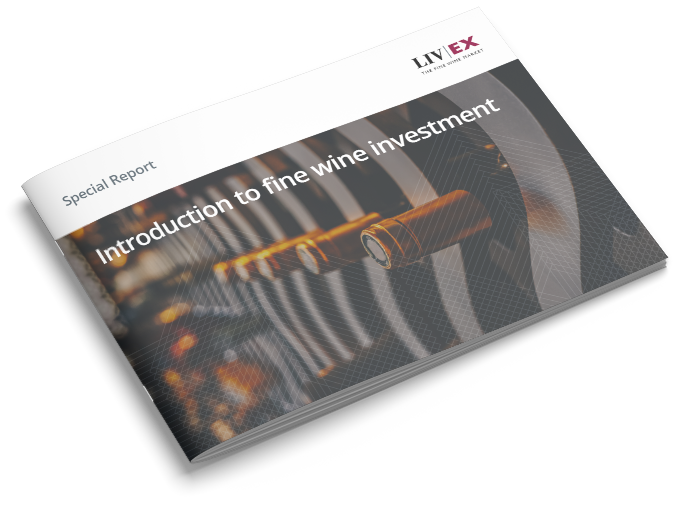In his second Bordeaux 2013 harvest report for Liv-ex, local winemaker and writer Gavin Quinney (@GavinQuinney) describes the harvesting conditions that have further made this ‘une année compliquée’. All photos in this article are copyright Gavin Quinney.
Cos d’Estournel
A complicated year, a complicated harvest. After a fraught growing season in 2013 (see
my pre-harvest report for a detailed overview), most Bordeaux chateaux
and vignerons have had to bring in their Merlots rather sooner than planned,
before the dreaded rot sets in. Some Cabernets are following in quick
succession (as at Chateau Lafite-Rothschild in Pauillac,
pictured below) but now that the sun has come out, there’s a ray of hope for
those that can hold on for a little while longer.
Lafite Rothschild
It’s all a far cry from the à la carte harvests of 2009 and 2010, when you could pick and
choose at leisure. ‘Une année compliquée’ is a polite way of describing 2013
and can be used by owners and managers without giving their public relations
people a headache. It’s really code for a bit of a shocker.
We know already that yields are low. The weather at the end
of September and for the first days of October then proved, unfortunately, to
be ideal for the development of botrytis – otherwise known as rot. Sultry heat
and too much rain over the weekend of 27-29 September was perfect for the champignons in the bunches to thrive and
forced growers on both banks to be extra vigilant and, for most, to take swift
action.
In many cases they’ve had to harvest red grapes long before they
had had a chance to ripen, and only the tiniest estates in places like Pomerol
can bring in everything at the same time. Out in the vineyards, it’s been all
mud-clogged wellies, short-sleeved shirts and waterproofs. Until this week that
is, with the welcome arrival of chilly, bright mornings and sunshine in the
afternoon.
Margaux
Last week, in the clammy, sweaty conditions with hardly a
breath of wind, you could see the rot spreading in some parcels of the
thin-skinned Merlot within a horribly short time. A small percentage of rot on
the bunches (as with the Merlot in Margaux, pictured above)
could explode to 50% rot or more in just a few days.
But it was not all bad news, as some vineyards – indeed,
some rows within the same plot – coped far better than others. What’s made the
difference is complicated: the precise timing of the late flowering in June
(heavy rain mixed with some sun), the extensive work in the vines (such as
de-leafing, removal of shoots or crop thinning at the right moment), the
terroir (notably the soils and sub-soils), the choice of grass or ploughing
between the rows, the effectiveness of anti-botrytis treatments (the most
important spraying against rot occurs towards the end of the flowering),
exposure to any breeze before the harvest and a host of other factors could all
have made a small but crucial difference. Even the most ambitious and
resourceful chateaux, however, could not hold back the effects of the humidity
for long.
Belair-Monange
As one would expect, the earlier ripening vineyards of
Pomerol and Pessac-Léognan were picking last week and even their young Merlot
vines, which ripen first, the week before. (Le Pin picked on Wednesday 2 Oct,
the same day that L’Eglise Clinet wrapped up. Pictured below is Alexandre Thienpont,
leading from the front at Vieux Chateau Certan
the following day.)
Vieux Chateau Certan
What was more unusual – and this was down to the threat of
the botrytis spreading – was to see so many Chateaux in St-Emilion and
up-and-down the Médoc harvesting at the same time as the more precocious
terroirs. That rarely happens.
Teams of pickers for the crus classés (the team at Cos
d’Estournel, pictured above, was 80-strong) worked like ants alongside the
towering machines in less prestigious sites nearby.
The queue of tractors and trailors (pictured below)
outside the co-op in St-Emilion stretched way back, and it was the same story
in the so-called ‘lesser’ appellations. Consultant oenologists were being
rushed off their feet.
Outside the co-op in St Emilion
Then, just as it seemed that the vineyards which had
survived the rain and the humidity from the last weekend of September could
hold out, more rain came on Thursday 3 and early on Saturday 5 October. This
second burst of rain has proved too much for some plots that have been on the
edge of rot, forcing chateaux to pick, even on Sunday.
This week, the skies are clear and the sun is shining, so
some of the later-ripening vineyards and varieties (especially some cabernet
sauvignon, the mainstay of estates like Mouton-Rothschild,
pictured below) could profit. If the rot holds off.
I’ll report back as the harvest draws to a close.
Mouton Rothschild











